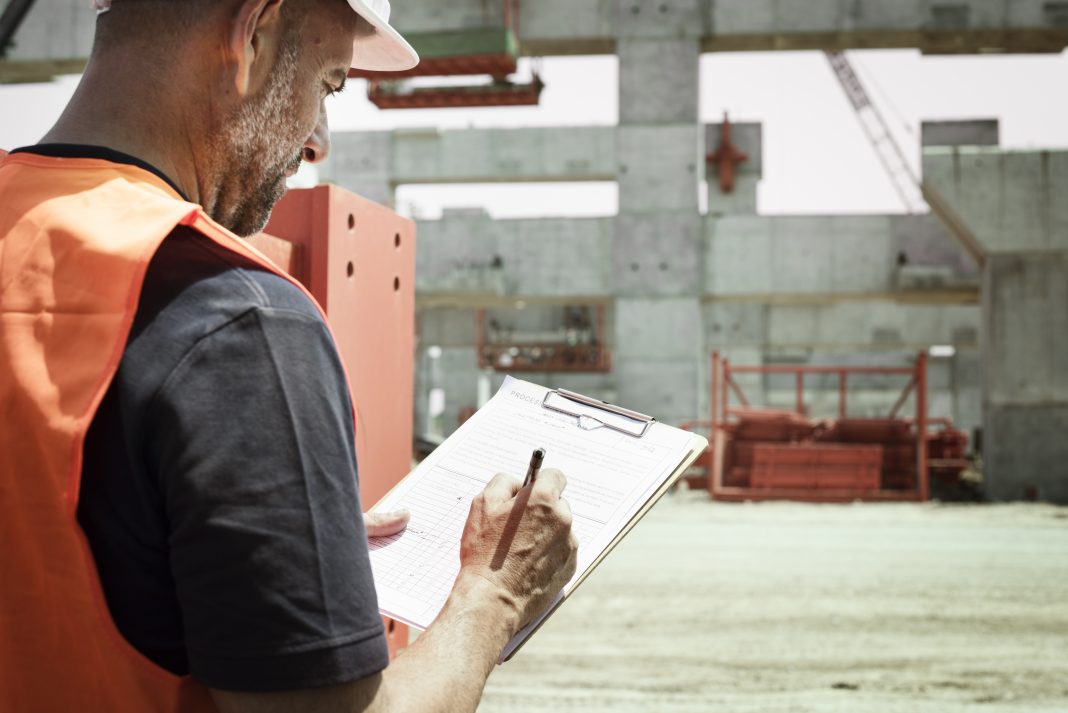As construction activity continues to increase, it is vital that safety practices keep pace. Matthew King, safety and health manager for Burns & McDonnell explains how to achieve a positive health and safety culture in construction
While there are several key elements to safe working, a positive health and safety culture in construction is the golden thread that runs through all aspects of a project.
The challenge lies in creating and establishing this safety culture in construction. While easy to talk about, this is difficult to achieve. Unfortunately, some consider it too difficult and never get to realise what it means and what it can accomplish. Others pay only cursory attention, never giving safety and health enough emphasis and thus fall short of gaining full value.
Everyone has to be involved if the culture is to be a success. That includes employees, contractors, suppliers and clients, all of whom are a part of setting the right tone as well as being comfortable with challenge. There are five key elements to emphasise to create a successful safety-first culture.
The five key elements to establishing a safety-first culture
-
Go beyond visible leadership
Much is said about the importance of visible leadership, but in reality, good leadership is felt rather than merely being seen. People must feel that their leaders are genuine and care. Managers need to lead by example, visibly demonstrating their commitment to the safe delivery of all work.
A key to this is that managers are trusted. They are trusted when they are seen to have ability, integrity and benevolence. Ability means that they demonstrate competence. Integrity is the quality of being open and honest. Finally, benevolence is being seen to care. Managers who demonstrate these qualities at all times, to all members of the team, are the foundation on which a safety-first culture is built.
-
Error is normal
Everyone makes mistakes. Studies show that, on average, a person will make five mistakes an hour. Fortunately, most mistakes will have minimal or no consequences. Errors therefore are things that must be properly managed, because it is rather unrealistic to expect them to be eliminated.
The right approach is to accept human error as a normal part of any process. We must avoid setting up a “blame culture.” It is all too easy to blame an individual when something goes wrong, but far more difficult to examine the systems or processes that may have caused, or at least been partially responsible for, the error. Language is a key part of instilling a non-blame culture, so it is important to carefully choose terms that are used.
Managers should adapt systems to avoid recurrence of errors or, if that isn’t possible, put measures in place to mitigate problems arising from errors.
-
Foster a just culture
An integral part of the safety-first approach is adopting a just and open culture that develops trust. For a just culture to succeed, everyone must play their parts.
Work sites should have an atmosphere of mutual trust. People should be encouraged and rewarded for providing information relating to safety. The boundaries between acceptable and unacceptable behaviour must be made clear, so that individuals can be held accountable for knowingly disregarding risks. This sort of culture must be developed authentically over time. It should be understood that it takes time to build trust. A just culture cannot be implemented immediately.
-
Understand and correct drift
This is a tendency where, no matter how safe a system is, working practices will drift away from the expected method of working. It is inevitable and so must be managed correctly. Drift has many potential causes, including the original design being inadequate, risk assessments being incomplete, or initial expectations being unrealistic.
Drift may only be discovered after an accident, so it is important to actively seek it out so that improvements can be put in place. The focus must always be on what people are actually doing — not what managers think they are doing, or what was planned for them to do. When drift is identified, this must be seen as a good thing because it allows for improvements to be made, reducing the risk of incidents.
-
Learn from success
Although it is important to learn from mistakes and make improvements afterwards, it is not enough to learn only after things have gone wrong. We also look to learn when things have gone well.
Sometimes, success has happened by chance and an incident could have occurred, but did not. This is why it’s important to reflect on success as much as failure. When success has happened by chance, we must be realistic and recognise we can’t count on random chance in the future. It is vital to improve the systems and share what was learned. Similarly, when good practices are identified, we will share this with others.
Matthew King

Safety and health manager
Burns & McDonnell












![[Video] Fireco: 80 new fire doors required for residential flats in London](https://www.pbctoday.co.uk/news/wp-content/uploads/2025/04/2024-06-01-Lords-view-one_1200x750_004-218x150.webp)

